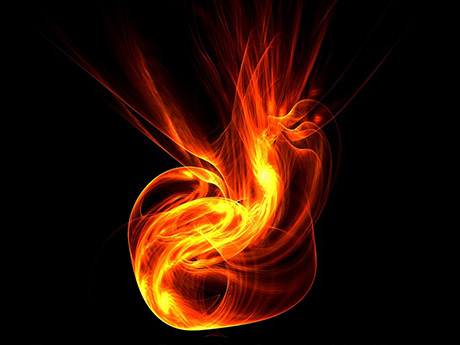Planning Guideline

When planning an infrared heating plant or system, it is the properties of the material to be heated, which primarily determine the power and treatment time required. The easiest and most reliable way to determine the data concerned is to carry out a trial.
We are always pleased to provide planning advice and if you wish we carry out heating trials for you.
The choice of heater initially depends on the geometric circumstances of the heating task.
The HTS Series is the best choice for the heater type. The integrated thermal insulation, the fast thermal performance and the ability to adjust the power via integrated thermocouples offer users optimum possibilities.
If fast clock times or high material temperatures are required, the HSR and HLS Series can be used.
If a low overall height is required, SFH Heaters can be used.
For systems, the standard choice is between BSI, EBI, EBF and REF.
The EBI System is particularly advantageous for solving line-shaped heating tasks and for building infrared heating areas with variable geometries.
The BSI System is ideal for building even or large IR heating areas. All systems can be used with both a one-sided and a double-sided arrangement.
If two heating areas radiate each other, for safety reasons special attention must be paid to compliance with the maximum permissible heater temperatures. In operation, the EBI, EBF and the BSI System can reach housing temperatures of up to around 250°C. Therefore, the user must plan in design measures to prevent contact with the hot metal parts.
Elstein Infrared Heaters do not have any dazzling effects. However we recommend screening off the sides of the heating areas with polished aluminium or stainless steel plates. This prevents unnecessary heating of parts outside the actual oven and improves energy utilisation.
For stability reasons, EBI, EBF and BSI Systems should not have any additional thermal insulation.
When designing the industrial ovens, particular attention must be paid to ensuring all parts can thermally expand. Large, stiff constructions are therefore disadvantageous. In this context the wiring material is also important. The standard are cables made from nickel with heat resistant insulation or rail wirings. Copper cables can only be used for individual radiators with a low power.
